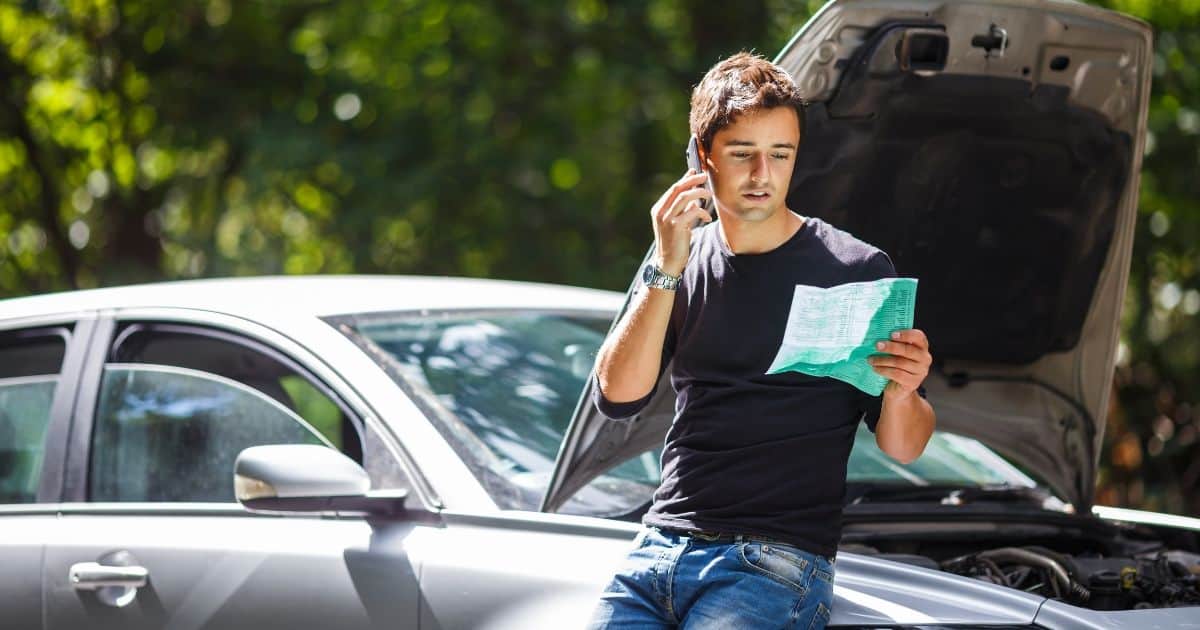What Does Car Insurance Cover?
A car insurance policy is an agreement between the policyholder and the insurance company. The policyholder pays a monthly premium, and the insurance company agrees to pay for damages when an accident happens. That’s just the basic concept of car insurance, but it gets a little complicated. Here’s a breakdown.
Auto insurance provides property, liability, and medical coverage:
- Property coverage pays for damage to, or theft of, the car.
- Liability coverage pays for the policyholder’s legal responsibility to others for bodily injury or property damage.
- Medical coverage pays for the cost of treating injuries, rehabilitation, and sometimes lost wages and funeral expenses.
There are different types of insurance you can get when you purchase car insurance: liability coverage and full coverage.
Liability coverage only covers the cost of damage and injuries to others you cause in an accident. This does not cover damage to your car or injury to yourself.
Full coverage will cover both yours and the other party’s vehicle, property, and injuries. Full coverage also comes with comprehensive insurance. Comprehensive insurance will cover for repairs in noncollision incidents, such as vandalism, theft, and damage from weather, natural disasters, falling objects, and animals.
California’s requirements are 15/30/5. This means that in California, you must purchase a policy that provides at least:
- $15,000 of bodily injury coverage per person injured in an accident caused by you.
- With a maximum of $30,000 for everyone injured in that accident.
- You must also carry insurance covering at least $5,000 of property damage.
All of these could be increased up to:
- $250,000 of bodily injury coverage per person injured in an accident caused by you.
- With a maximum of $500,000 for everyone injured in that accident.
- You must also carry insurance covering $100,000 of property damage.
Uninsured motorist and underinsured motorist coverage
Uninsured motorist (UM) coverage helps pay for your medical bills or car repairs if you are hit by a driver who doesn’t have car insurance. UM coverage will also cover expenses in case someone borrows your car and gets into an accident.
Underinsured motorist (UIM) coverage comes into factor when the at-fault person has insurance, but it does not cover the expenses of the accident.
Does UM/UIM insurance cover you while riding a bicycle or walking?
Most people don’t realize that most policies focus is not on what you were doing, but whether an uninsured/underinsured motorist hit you. Meaning if your involved in a hit and run or by an uninsured motorist, you can still possibly make a claim on your policy, as long as you have Underinsured motorist (UIM) coverage.
Stacked vs. Unstacked Auto Insurance
The practice of “stacking” insurance refers to combining the UM/UIM coverage from multiple policies to force a higher cap on what carriers will payout for post-injury care.
When you have unstacked insurance, combining policy limits is not possible. This is the case for drivers who only own one policy on a single car and those who own multiple vehicles but are prohibited from stacking either by state law or their insurance carrier.
Stacking auto insurance vertically within one policy.
For example, let’s say you own three cars on a single policy. Each car has a UM/UMI limit of $50,000. If state law allows, you can stack each car’s policies for a total of $150,000.
Stacking auto insurance horizontally
Now let’s look at stacking horizontally across multiple policies. If your car using the same insurance company, you might be able to file a claim on more than one policy. For example, if you have a $20,000 policy on one car and $20,000 on a separate policy, you can file a claim under both for a total of $40,000.
On average, 15% of California drivers do not have car insurance. The 85% that has insurance might have only liability or have partial coverage. Each day there are approximately 1,000 accidents in California, about 400 of them being fatal crashes.
It is essential to have Full coverage on your vehicle with UM/UIM coverage. An accident can happen anytime. If you only have liability coverage, you could be left responsible for all the expenses that come with a car accident. Full coverage insurance with UM/UIM might cost a little more at the moment, but the few hundred dollars a year can save you thousands when an accident occurs.
Protect yourself from the unforeseen by getting full coverage. In the unfortunate event of an accident, you are going to need an attorney to deal with the insurance companies. Our network of attorneys have years of experience in car accident claims. Contact us to have your case heard and evaluated. One of our trusted attorneys will be able to help you get the compensation you deserve. CALL US ANYTIME (281) 475-4535 or fill out a consultation form here to start the process.


